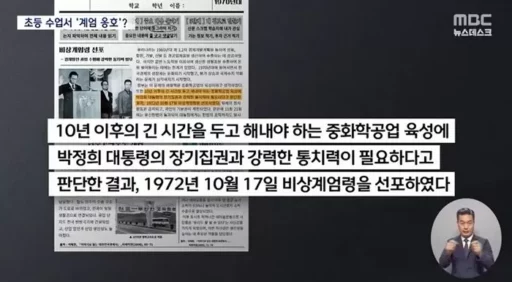The Economic Effects of Temporary Holidays: Between Expectations and Reality
Anticipation is rising for this year's Chuseok golden holiday. In particular, the designation of October 10 as a temporary holiday creates a '10-day' golden holiday, enhancing expectations.
However, news that dampens this optimism has emerged. An analysis indicates that the domestic consumption boost from temporary holidays is limited.
According to a report published by the National Assembly Research Service on the 12th, titled "The Pros and Cons of Designating Temporary Holidays: The Reality and Limitations of Domestic Activation and Rest Rights," it has been found that recent temporary holidays not only have limited domestic consumption effects, but also reveal structural limitations such as decreased exports and production, as well as gaps in the guarantee of rest rights.
Decreased Domestic Consumption Boost Due to Increased Overseas Travel

The report highlights that as economic affluence has risen, a significant number of people are choosing to travel abroad instead of domestically, leading to a minimal domestic consumption boost. Notably, although a long holiday of six days coincided with the temporary holiday on January 27 this year, the surge in overseas travelers resulted in a limited domestic consumption effect.
In fact, in January 2025, the number of overseas tourists reached a record high of 2.97 million, while domestic tourism consumption expenditures decreased by 7.4% compared to the previous month and by 1.8% compared to the same month last year. This indicates a trend where temporary holidays lead to increased overseas consumption rather than boosting domestic consumption.
The Impact of Decreased Exports and Production Cannot Be Ignored
Even if there is some effect of temporary holidays on domestic consumption, concerns have been raised that the negative effects of decreased exports and production may offset or even outweigh these benefits.
Due to a reduction in working days, export volumes in January of this year decreased by 10.2% compared to the same month last year.

The report states, "Some of the decline in exports can be attributed to the effects of the designation of the temporary holiday."
Furthermore, the reduction in working days also impacted industrial production, which fell by 1.6% from the previous month and by 3.8% compared to the same month last year.
The report evaluated, "While it cannot be entirely said that the decrease in production is solely due to long holidays including the temporary holiday, it can be inferred that the reduction in working days had some impact."
Existence of Gaps in Guaranteeing Rest Rights
The argument for guaranteeing citizens' rest rights through temporary holidays appears to also have practical limitations.

This is because the Labor Standards Act excludes businesses with fewer than five employees from the application of temporary holidays.
The report analyzes, "As of 2024, out of approximately 28.57 million employed individuals, around 9.99 million work in 1-4 person businesses. It is anticipated that most of these individuals will be excluded from the application of temporary holidays."
Image source: Naver Calendar capture, News1, illustrative materials for understanding the article / gettyimagesbank


